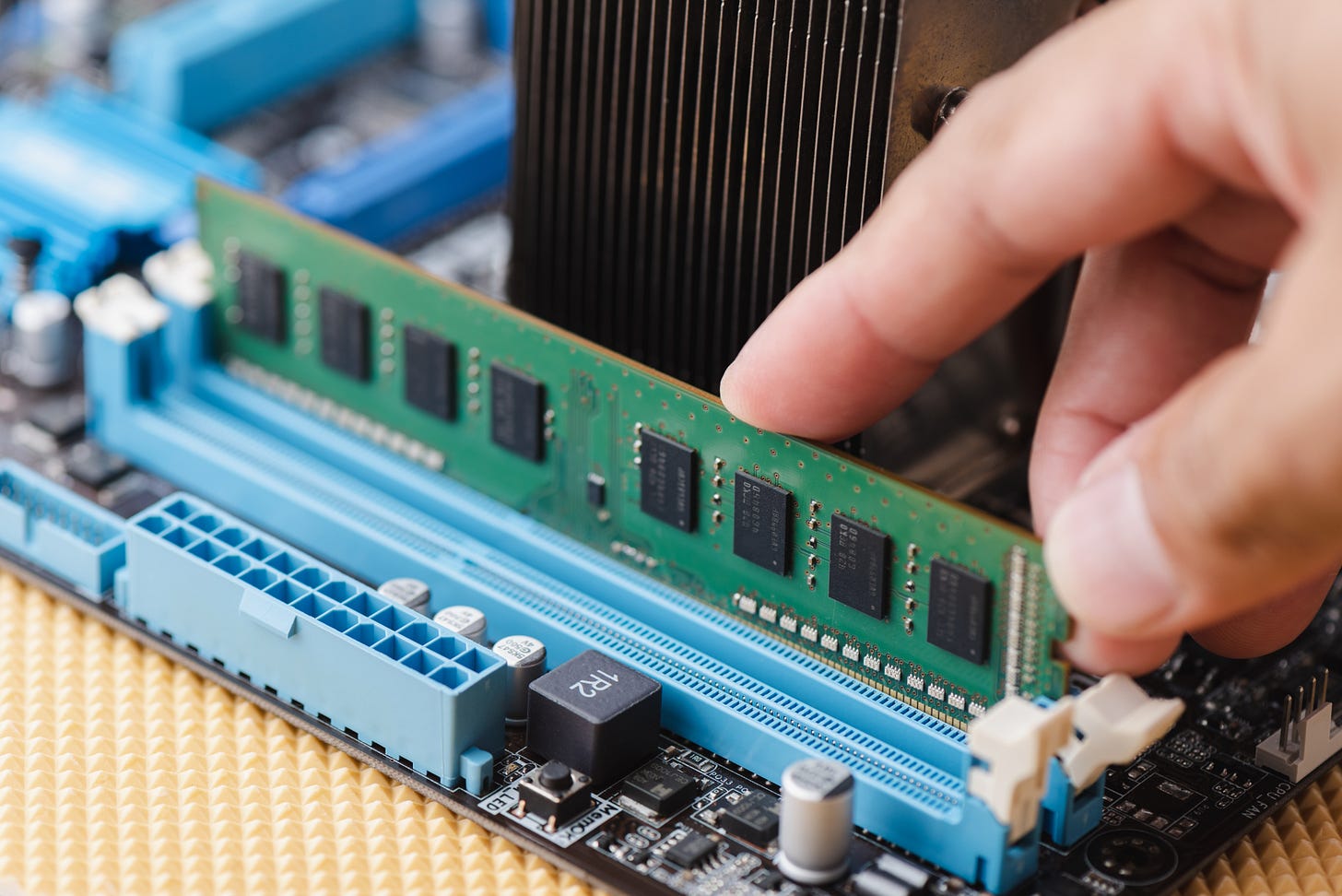Overview of the Price Surge
DDR4 memory prices have experienced a dramatic surge in recent weeks. According to multiple industry reports, spot market prices for DDR4 chips increased by about 50% in the second half of May 2025 alone, with 8GB modules rising from $1.75 to $2.73 (a 56% increase) and 16GB modules climbing 45%. Contract prices for manufacturers also jumped 22–25% for these chips over the same period. Analysts expect further increases of 10–20% in the third quarter of 2025.
Key Reasons Behind the Surge
1. Manufacturer Phase-Out of DDR4 Production
Major DRAM manufacturers (Samsung, Micron, SK hynix) are rapidly winding down DDR4 production to focus on newer, higher-margin products like DDR5 and high-bandwidth memory (HBM).
Samsung, for example, is scheduled to cease DDR4 production in early June 2025.
The shrinking profitability of DDR4 has accelerated this strategic shift as demand migrates to advanced platforms.
2. End of Chinese Oversupply
Previously, Chinese manufacturers (notably CXMT and Fujian Jinhua) flooded the market with low-priced DDR4, undercutting global competitors.
Recently, the Chinese government instructed these firms to halt DDR4 production, ending the period of oversupply and abruptly tightening global supply.
3. Stockpiling Due to Trade Tensions and Tariffs
US-China trade tensions and the threat of new tariffs, particularly those announced by President Trump in April 2025, have led to widespread stockpiling of DDR4 chips by tech companies.
Even though a temporary exemption was granted, uncertainty around future tariffs drove companies to build up inventories, further straining supply and driving up prices.
4. Shift in Production Capacity to High-End Memory
The AI boom has increased demand for high-bandwidth memory and advanced DRAM, causing manufacturers to reallocate capacity away from traditional DDR4 and LPDDR4.
As a result, the bit output for PC and mobile DRAM has been limited, reducing available DDR4 supply.
5. Market Dynamics and Procurement Strategies
Buyers believe that DRAM prices have bottomed out, prompting aggressive procurement to lock in lower costs before further increases6.
This has led to a rare period of growth in the memory chip sector after a prolonged downturn.
Analysis and Outlook (Opportunities and Risks)

